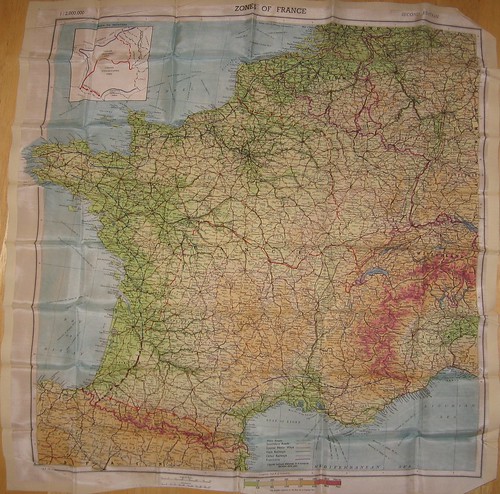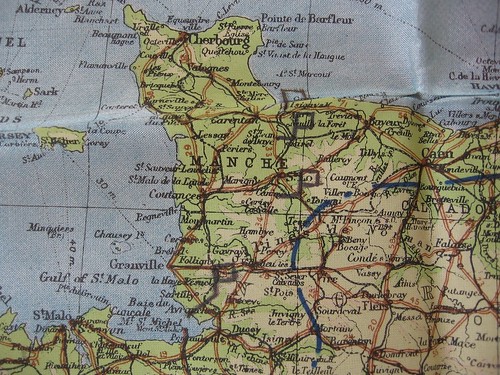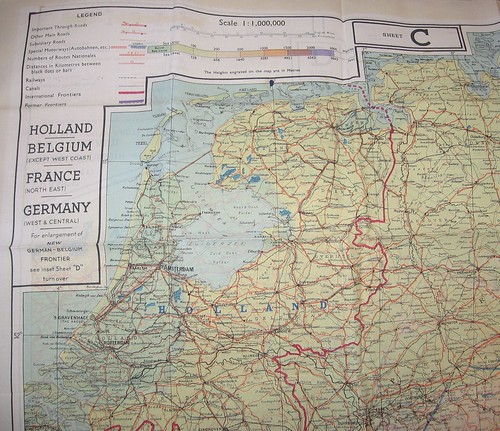Update (2009-09-29): see http://plumberjack.blogspot.com/2009/09/python-logging-101.html
A friend at the local Park Service office mentioned to me that he's become a Python user and has been looking at some of my published code examples. I'm inspired to post more of these, and more that are useful to the ESRI ArcGIS scripting user. Python serves the ESRI community as a replacement for Avenue, but is a far more rich language and platform. Today's tip: excellent application logging and how to avoid using print statements in your production code.
I tripped myself using print statements recently, and have seen it in the code of others. While not a mortal sin, it does reduce the code's potential for reuse. A print statement might be tolerable when you're running the code at a shell prompt, but what if you wanted to execute the same code in a service? Better not to fill your service logs (or wherever stdout goes) with unnecessary debugging noise, yes? Here's where Python's logging module steps in to help: your information-processing classes write messages to a logging interface, any Python application then configures the logger appropriately. Log messages can be sent to single files on disk, rotating log files, sent to SMTP servers -- you could probably even create your own XMPP handler.
Say, for example, you have a class that patches elements into XML files (inspired by Dave Bouwman's post). Using a Python logger instead of a print statement requires only 2 extra lines of code (zero if you use the root logger):
import getopt
import glob
import logging
import sys
from lxml import etree
# Create a logger
log = logging.getLogger('file-patcher')
# Example of reusable code
class FilePatcher(object):
"""
Patch edit permissions into an XML configuration file and write new
files to disk.
"""
def __call__(self):
for infilename in glob.glob('*.xml'):
tree = etree.parse(infilename)
log.info('Opening file %s.', infilename)
root = tree.getroot()
for perms in root.xpath(".//property[@name='permissions']"):
if not perms.xpath("element[@value='Edit']"):
e = etree.SubElement(perms, 'element')
e.attrib['value'] = 'Edit'
log.info('Patched perms: %s.', str(perms))
outfilename = 'patched-%s' % infilename
fout = file(outfilename, 'w')
fout.write(etree.tostring(root, pretty_print=True))
log.info('Wrote file %s.', outfilename)
Now, we can make a script that uses this class in a verbose (all logged info) mode or a quieter (logged errors only) mode:
# Script
if __name__ == '__main__':
verbose = False
# Get command line options and args
opts, args = getopt.getopt(sys.argv[1:], 'v')
for o, a in opts:
if o == '-v':
verbose = True
# Get the file patching logger
log = logging.getLogger('file-patcher')
# Logging configuration, to stdout in this case
console = logging.StreamHandler()
log.addHandler(console)
if verbose:
log.setLevel(logging.INFO)
else:
log.setLevel(logging.ERROR)
# Process data
patch_files = FilePatcher()
patch_files()
Duke University's GeoEco project has more examples of professional logging, many in an ArcGIS scripting context.


